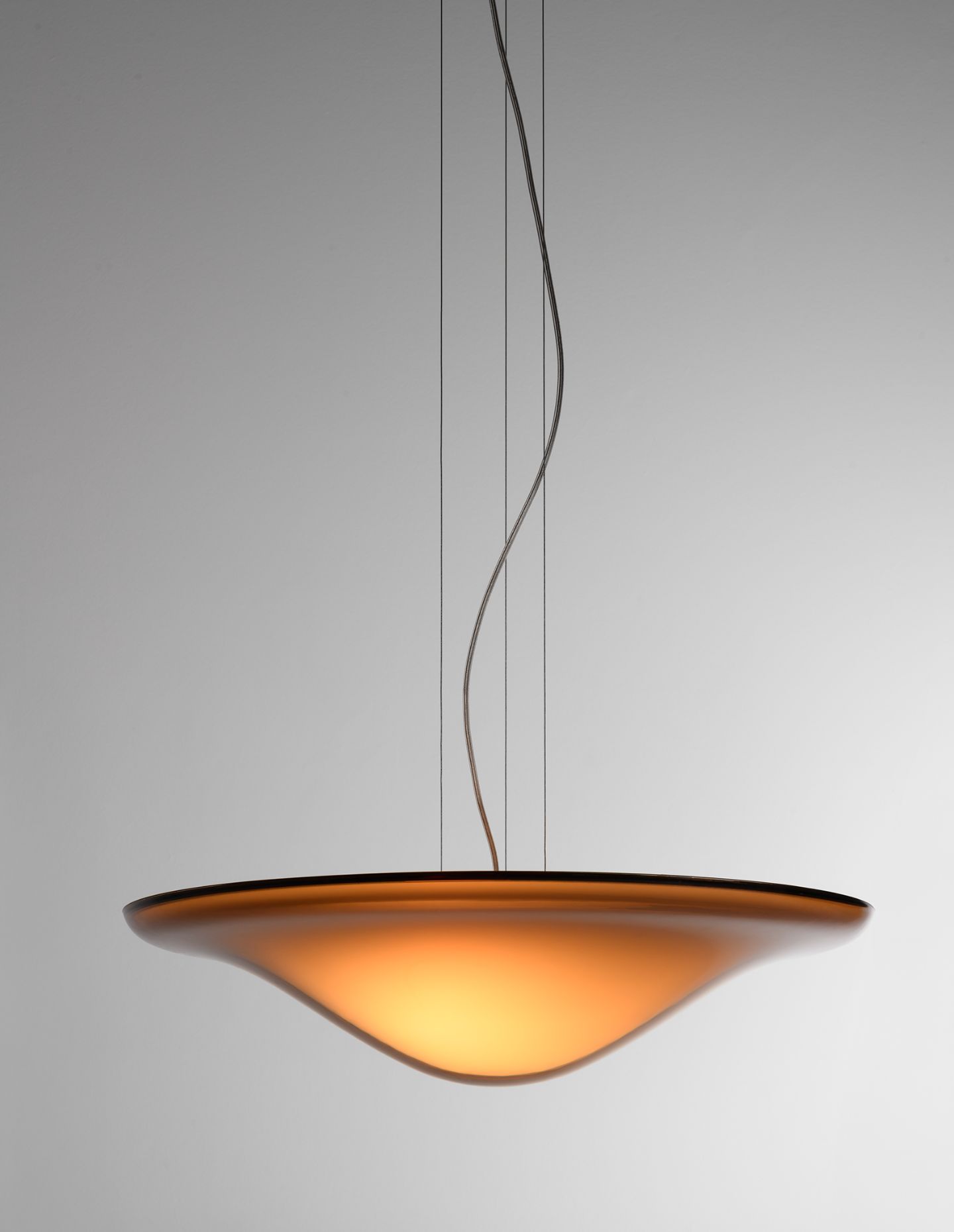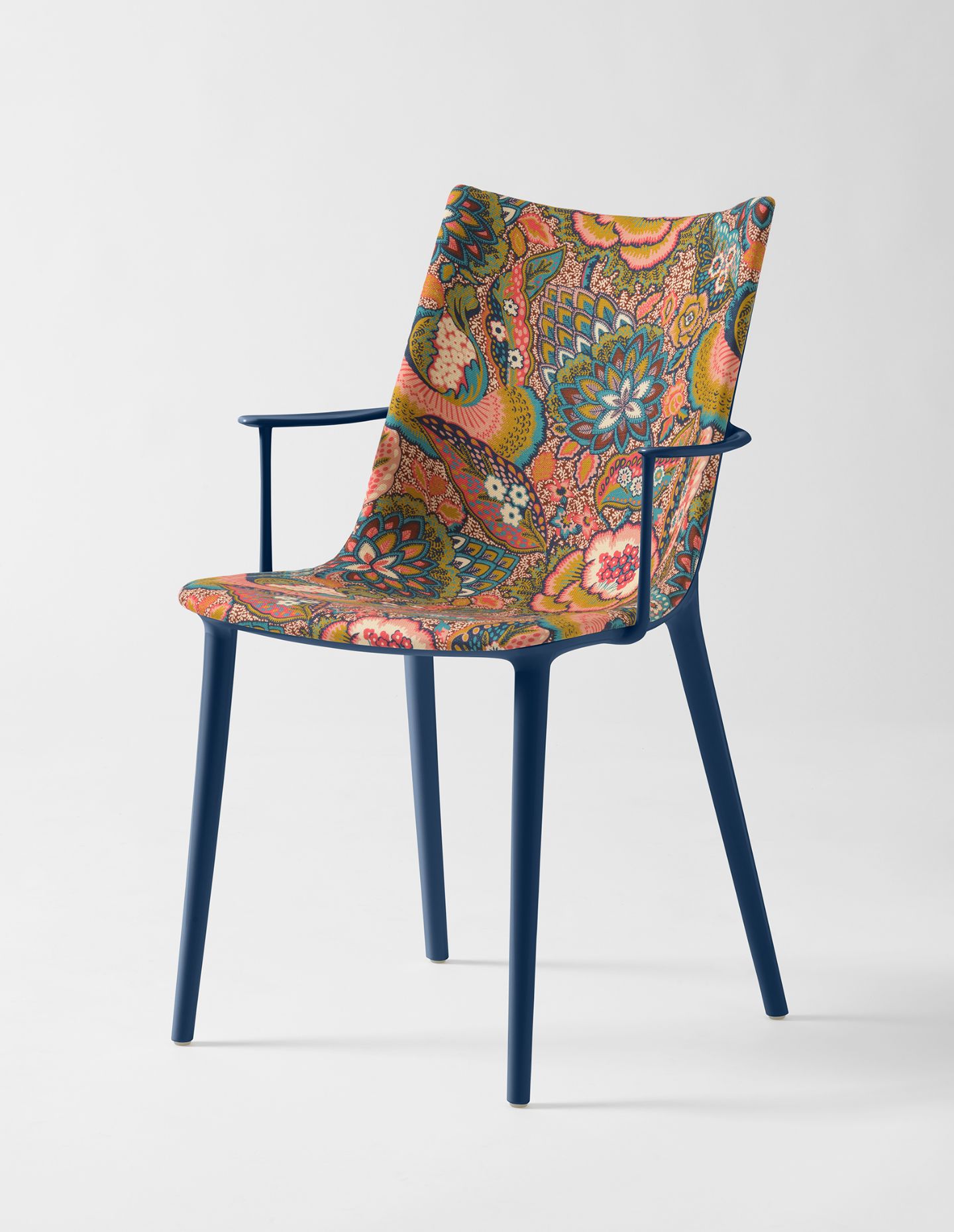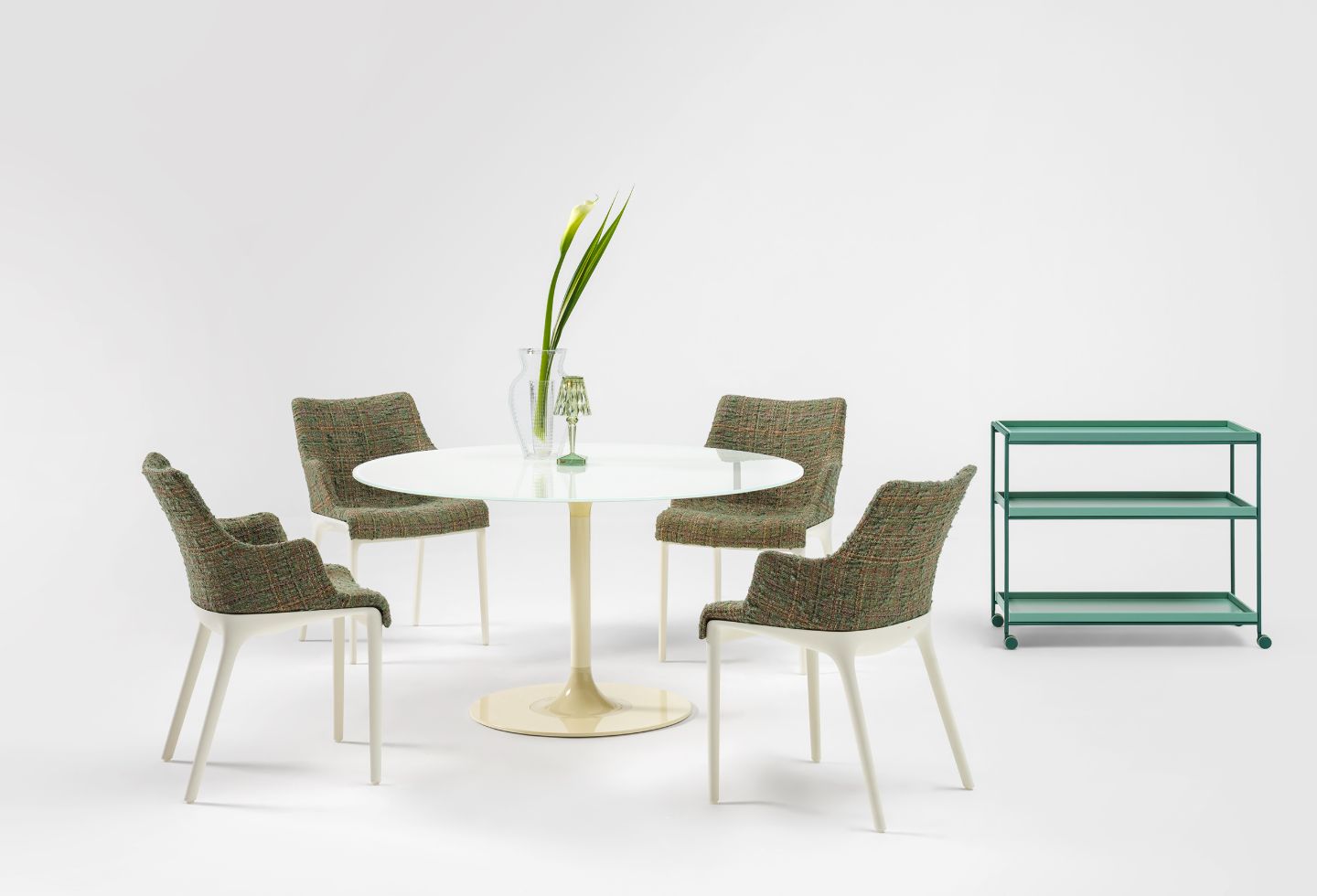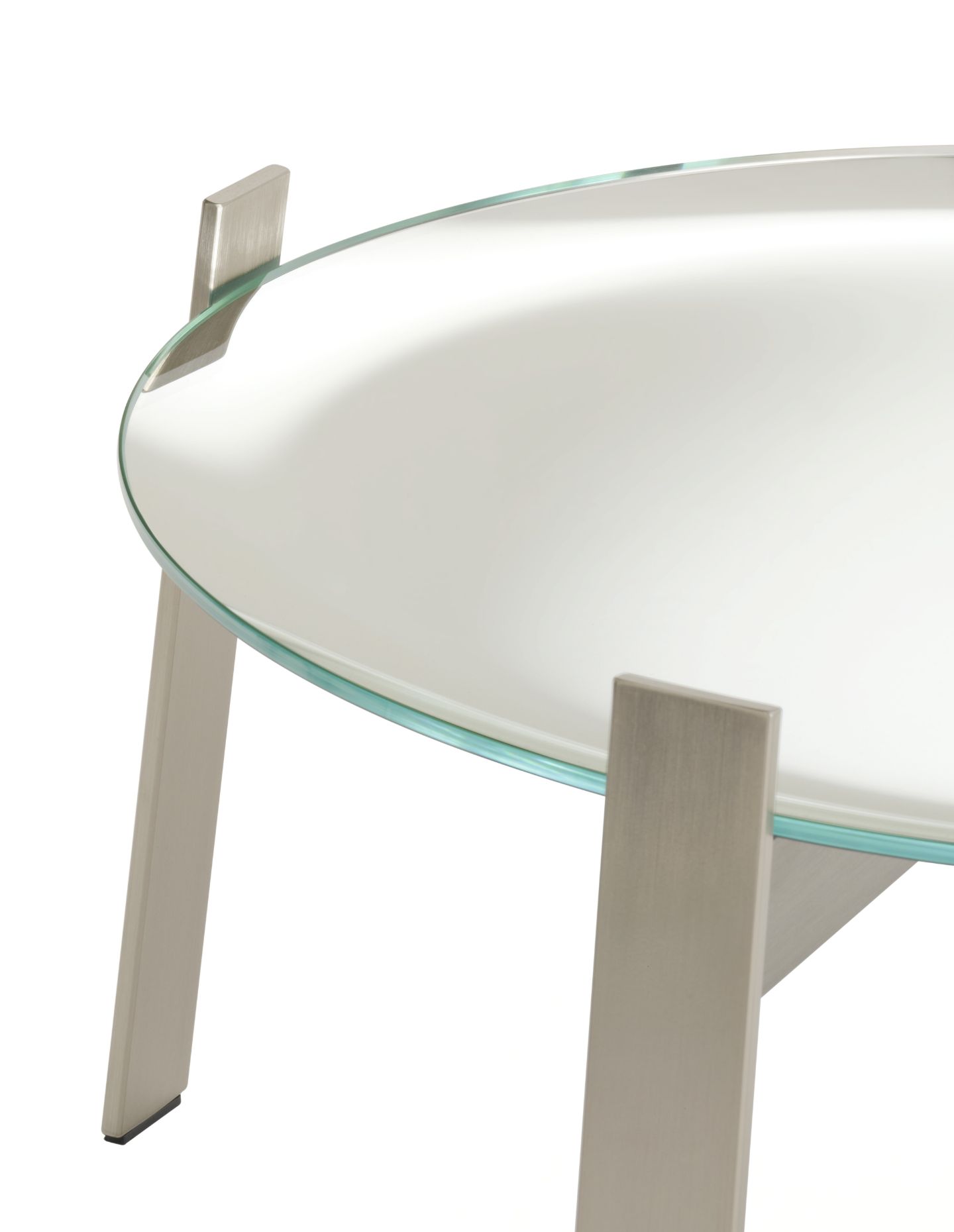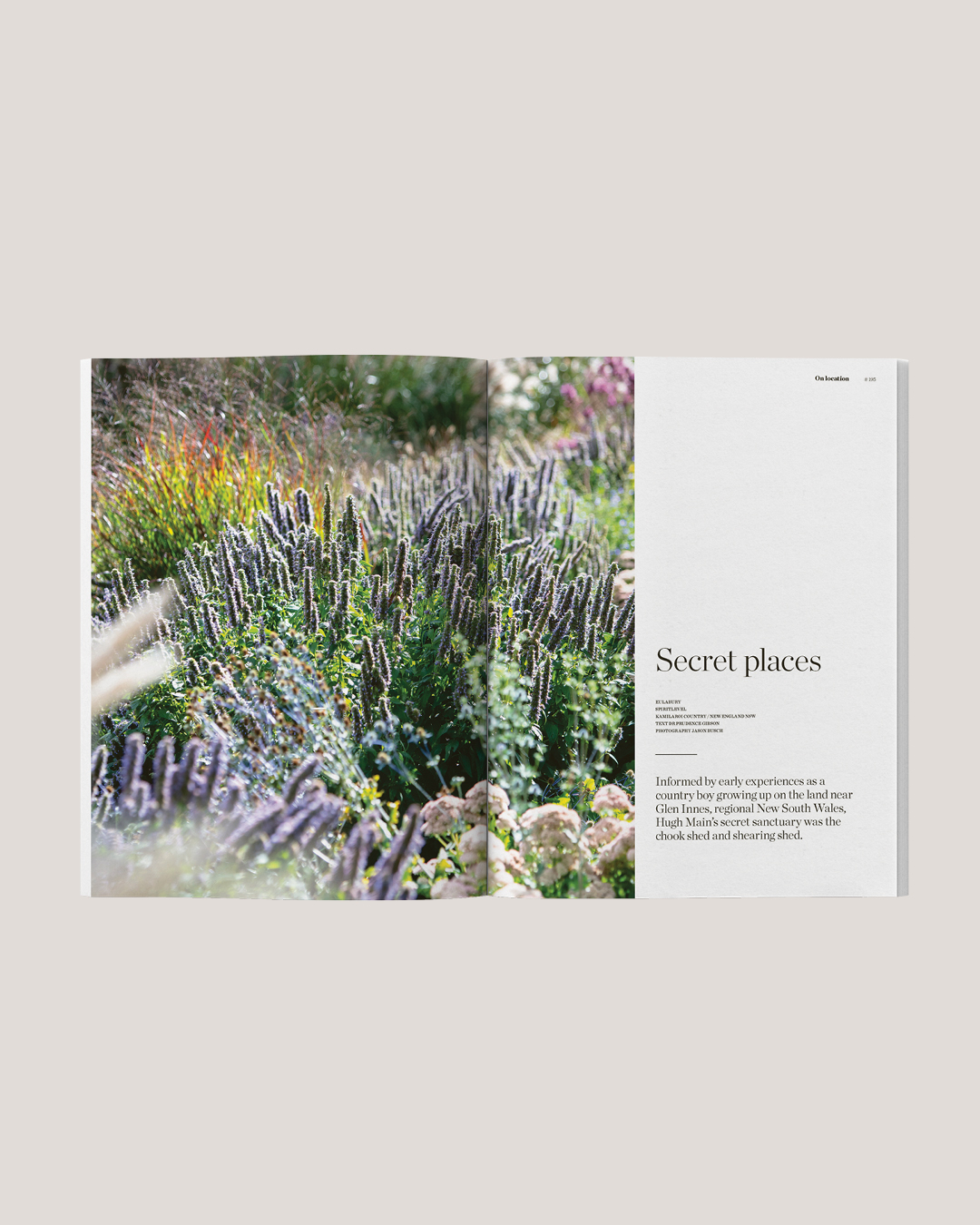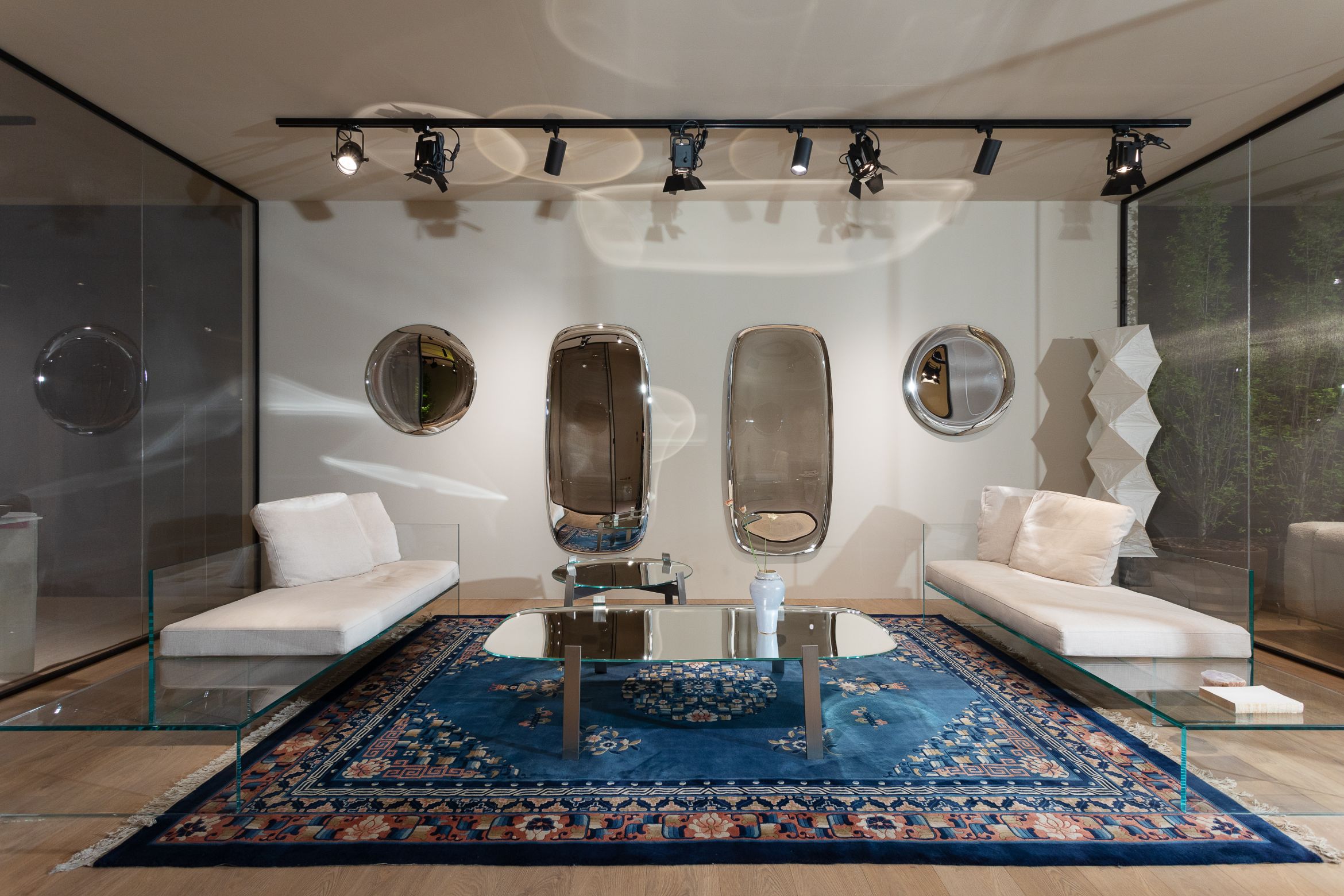For Antipodean visitors, Milan Design Week always presents an opportunity to see the work of – and meet – some of the stars of the European design world. In 2025, we found ourselves in conversation with Jaime Hayon, Patricia Urquiola, Ronan Bouroullec, Vincent Van Duysen and others. This time, however, it’s the turn of Philippe Starck. The French designer has an eclectic body of work, and I sat down with him at the Glas Italia pavilion during Salone del Mobile.
The 5 O’Clock Lie and Crystal Table were the particular pieces on show as we strolled around the pavilion, but Starck is of course involved in much more besides. He has a wide range of work, both established and new, on offer with Kartell, which is also available in Australia through Space Furniture.
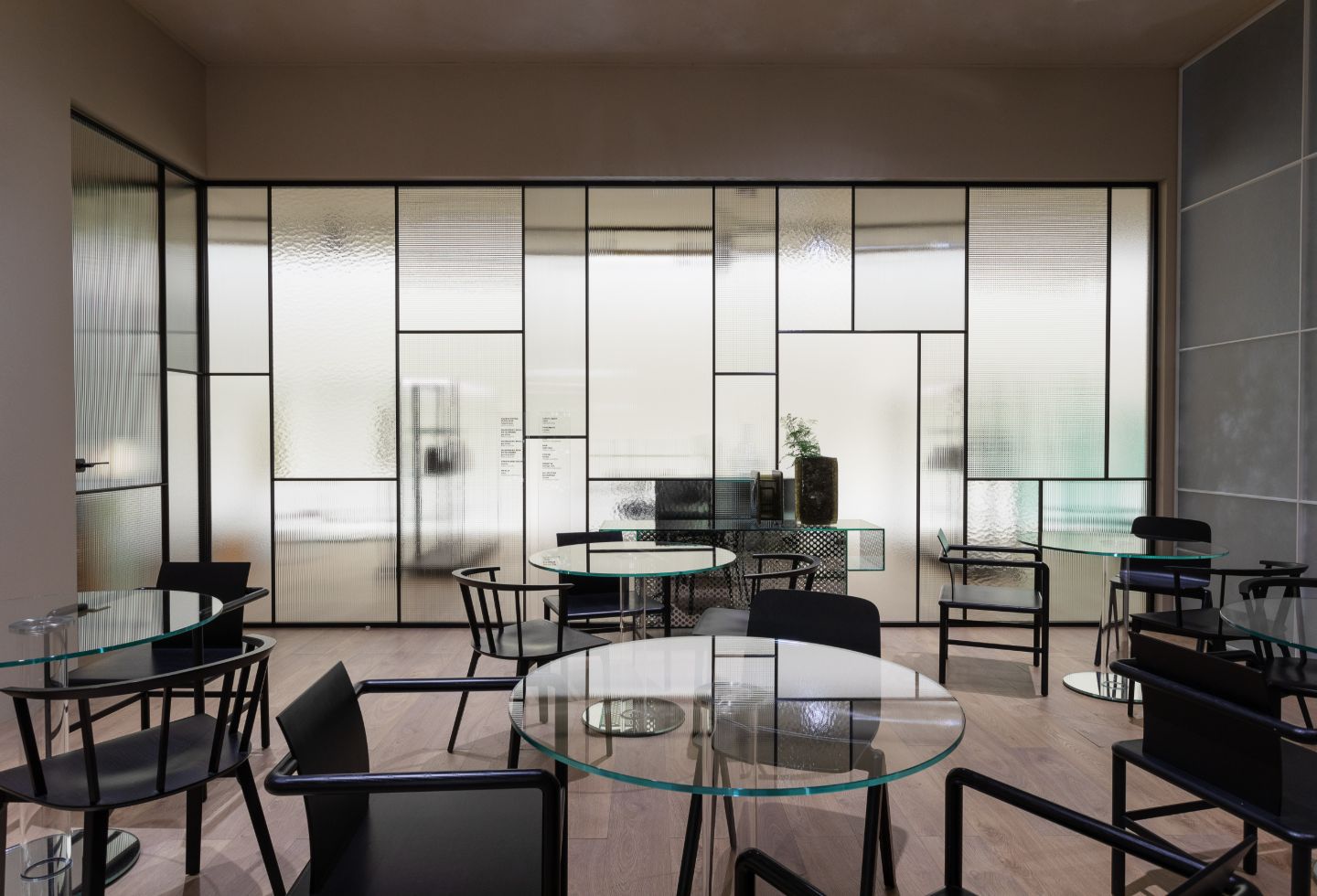
AURORA BELLA, for example, is a suspension lamp designed to evoke a dreamlike, magical presence like dawn over a snowy landscape. It appears to float in the air, spreading a diffused light that envelops the room in a soft, luminous embrace. Then there is the new PRINCE OHOH, an innovative stool that stands out for its unique shapefeaturing two stylised pyramids that merge together to create an hourglass profile. A.I. Lite is a new chair that comes as an addition to the A.I. collection and features a recycled plastic frame, while the ELEGANZA armchair combines the essences of Haute Couture and bon ton.
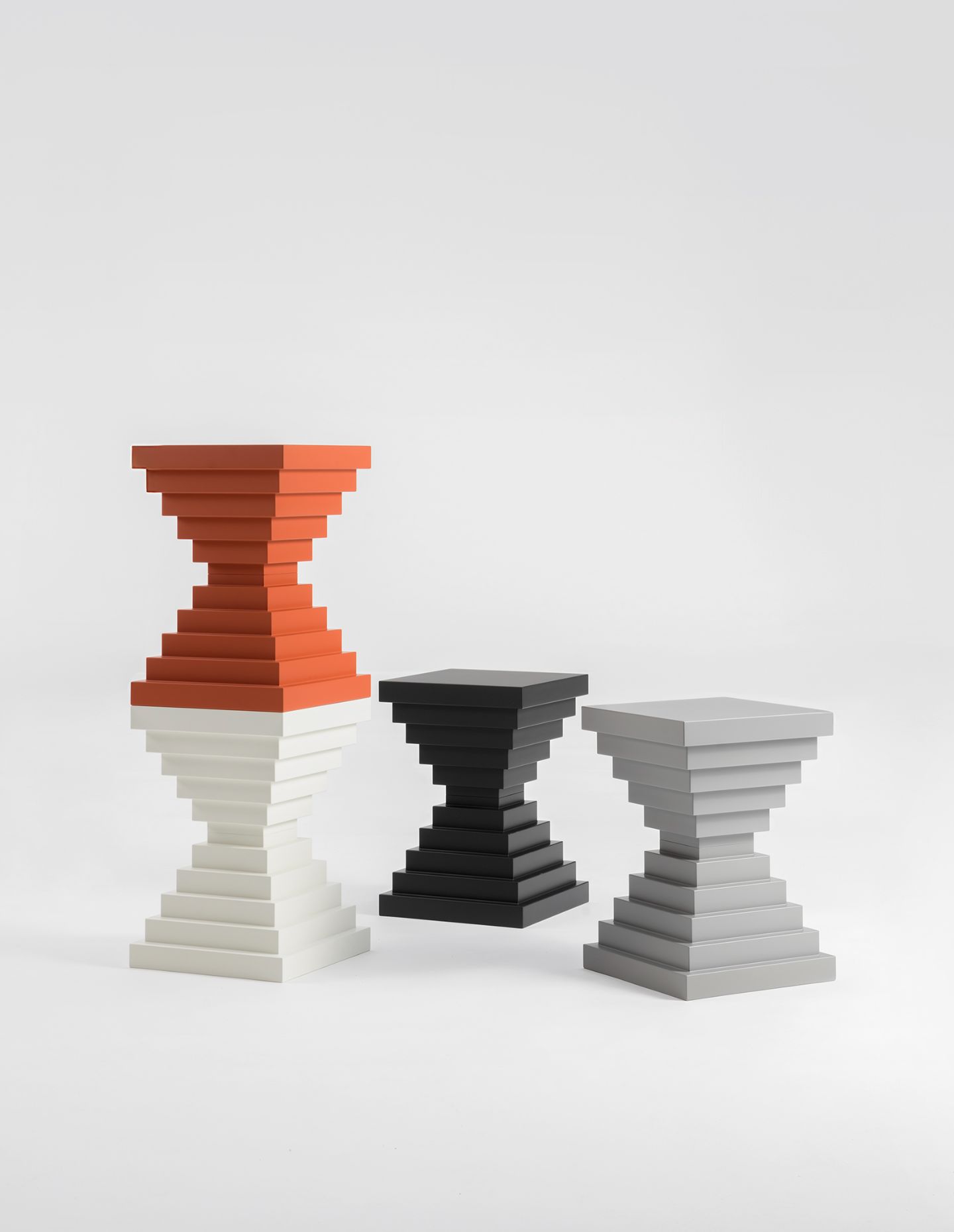
Enjoy the full interview below.
Timothy Alouani-Roby: Please tell me about your history of working with glass.
Philippe Starck: The history is the structure of glass. Glass is magic, because with the glass, with the mirror, you can make anything. There is reflection the diffraction, the aberration. and a lot of mathematical things. For me, when I see what reflects from glass, it’s poetry – it’s mathematical poetry, and that’s the first point.
The second point is that I love to have choice in life. Sometimes you like big things – oh my God! It’s colourful, it’s so beautiful – I don’t like it too much because it’s a little heavy sometimes. Sometimes it’s very good and that’s why you are obliged to have admiration, especially for a piece of materiality. Or, you want silence and [to see] that it’s transparent. That means for glass furniture, I give you the choice to see it or not to see it. It’s very important.
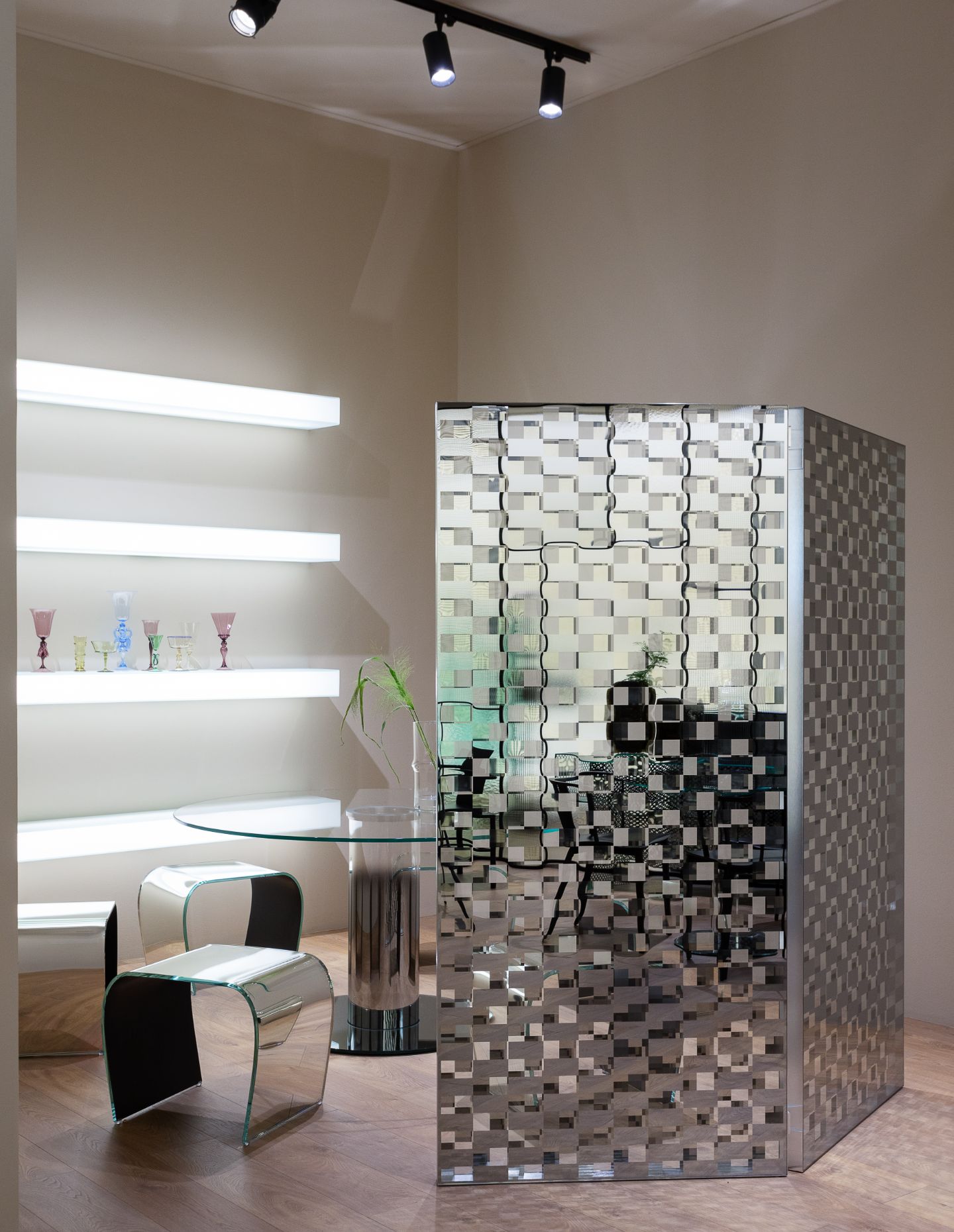


What about the two new products we’ve just seen here – the 5 O’Clock Lie and the Crystal Table?
The 5 O’Clock Lie: it’s clearly what we said about aberration. You are usually you in the mirror – you do your hair and things like that. With this one, when you move a little – [untranslatable Gallic sound depiction of mirror distortion] – there is a territory, a safe territory, and out of that everything can happen. Wow, it’s wonderful, you wake up in the morning and suddenly you are in the fifth dimension! One more time, it’s magic.
[As for] the table and the stool, the idea is to make a hyper-classic, iconic design at the minimum possible three legs. It’s very simple, the same design for the stool as for the table, but very well done. I sit, I don’t sit – but it’s a classic. I don’t design it; the history of design from any time in the world has designed it.
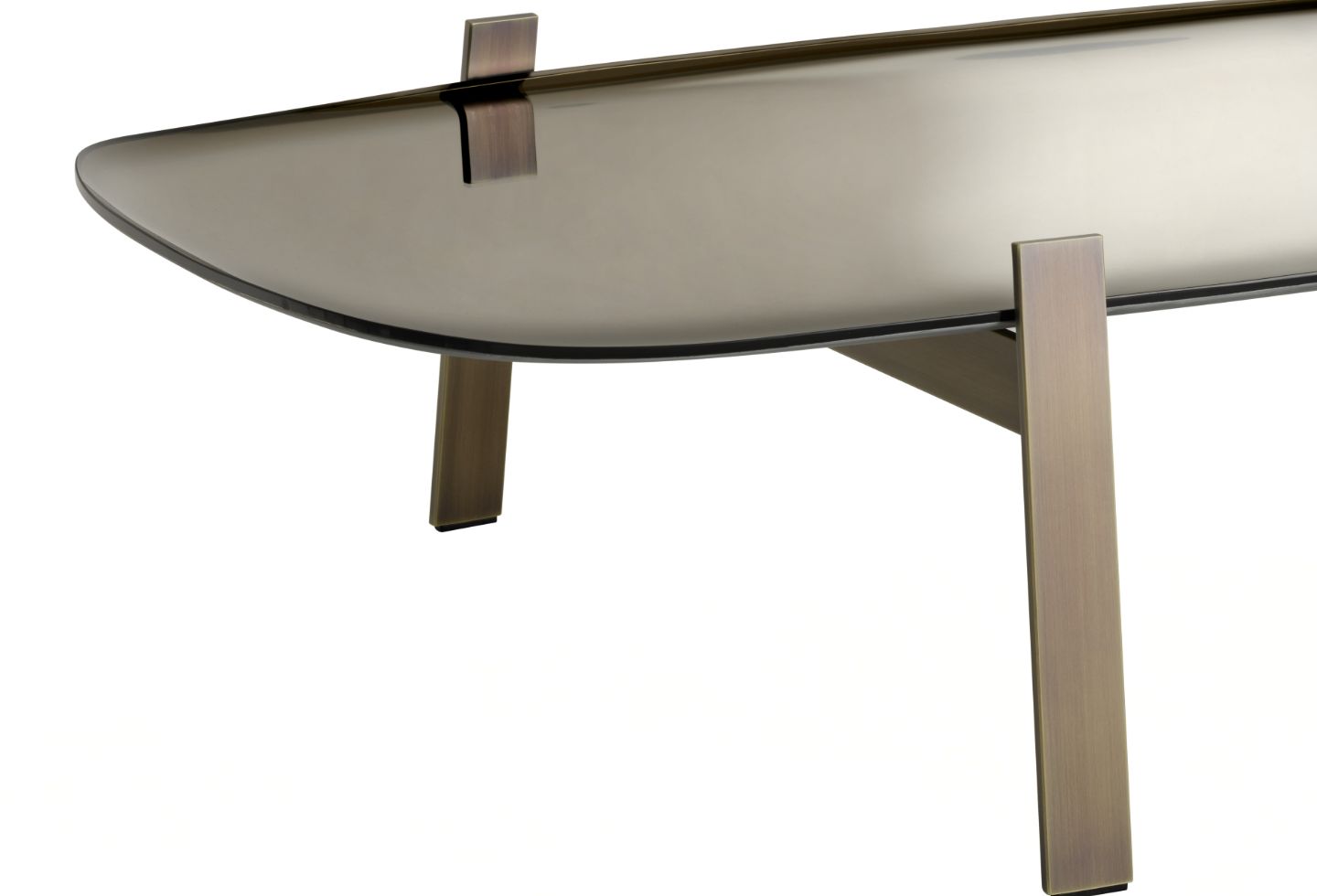
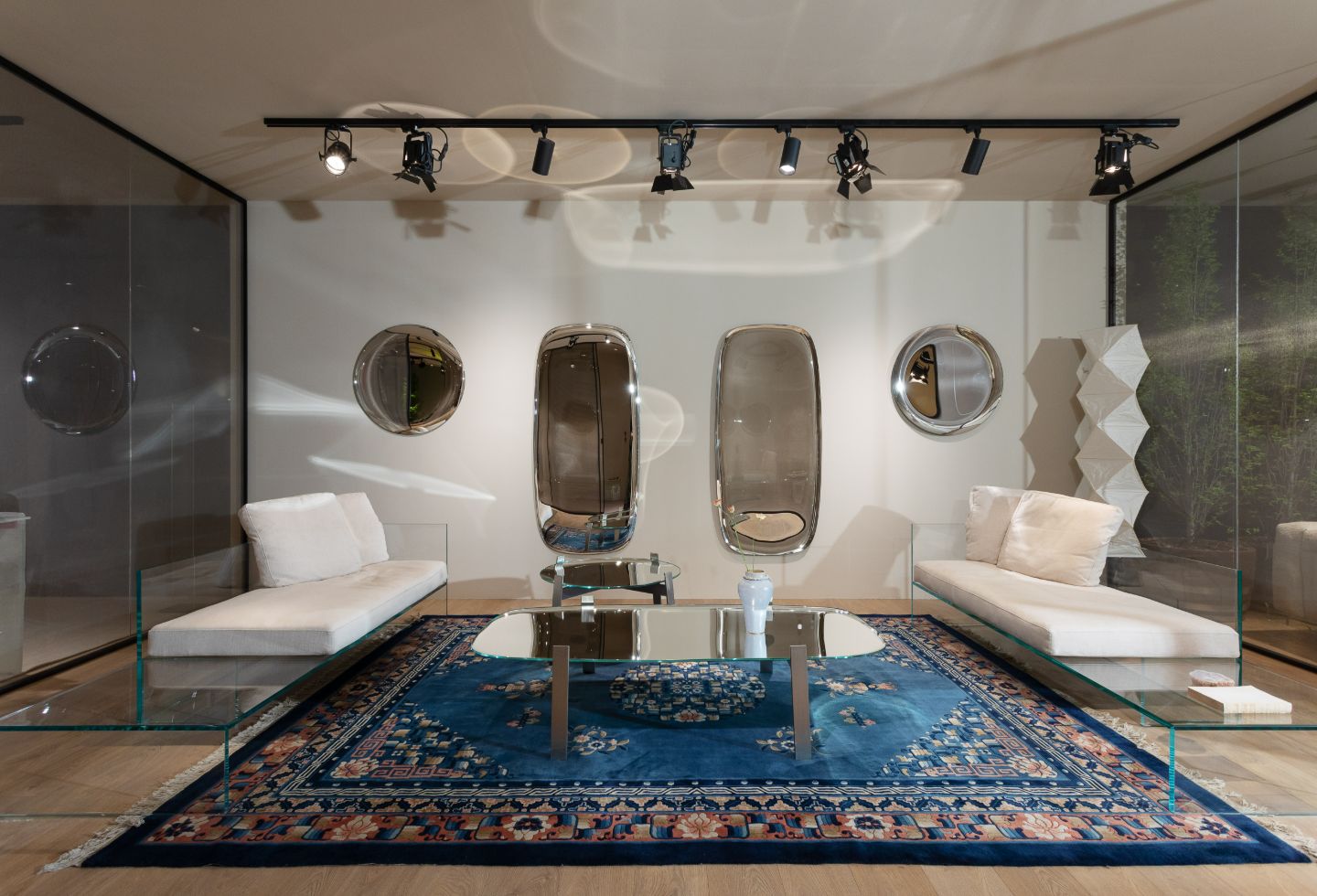

How do these new pieces in Milan relate to your wider œuvre?
It’s very clear. Since forever, I have to say, I was the first to speak 40 years ago about dematerialisation, which is the most intelligent human scenario. I have always try to make dematerialised pieces, and when I can’t dematerialise – when I cannot make this thing disappear – I make it invisible, like the Louis Ghost chair. It’s one of my main strategies: it’s how to dematerialise everything around us, because the more there is materiality, the less there is humanity.
What about the connection with light?
You know, you can be the most beautiful girl in the world with the most beautiful dress and covered with billions of diamonds – but if there is no light, she will not exist. That means that light is everything.
In history, you see that kings were dressed in bright colours and jewels everywhere. And that’s why they exist – there was there was the king and poor people have nothing, in brown or black and [it was like] they don’t exist, like you can kill them. But what you want is to exist! You have to be in the light, and a lot of tribes in the world say that life has to be in the light.
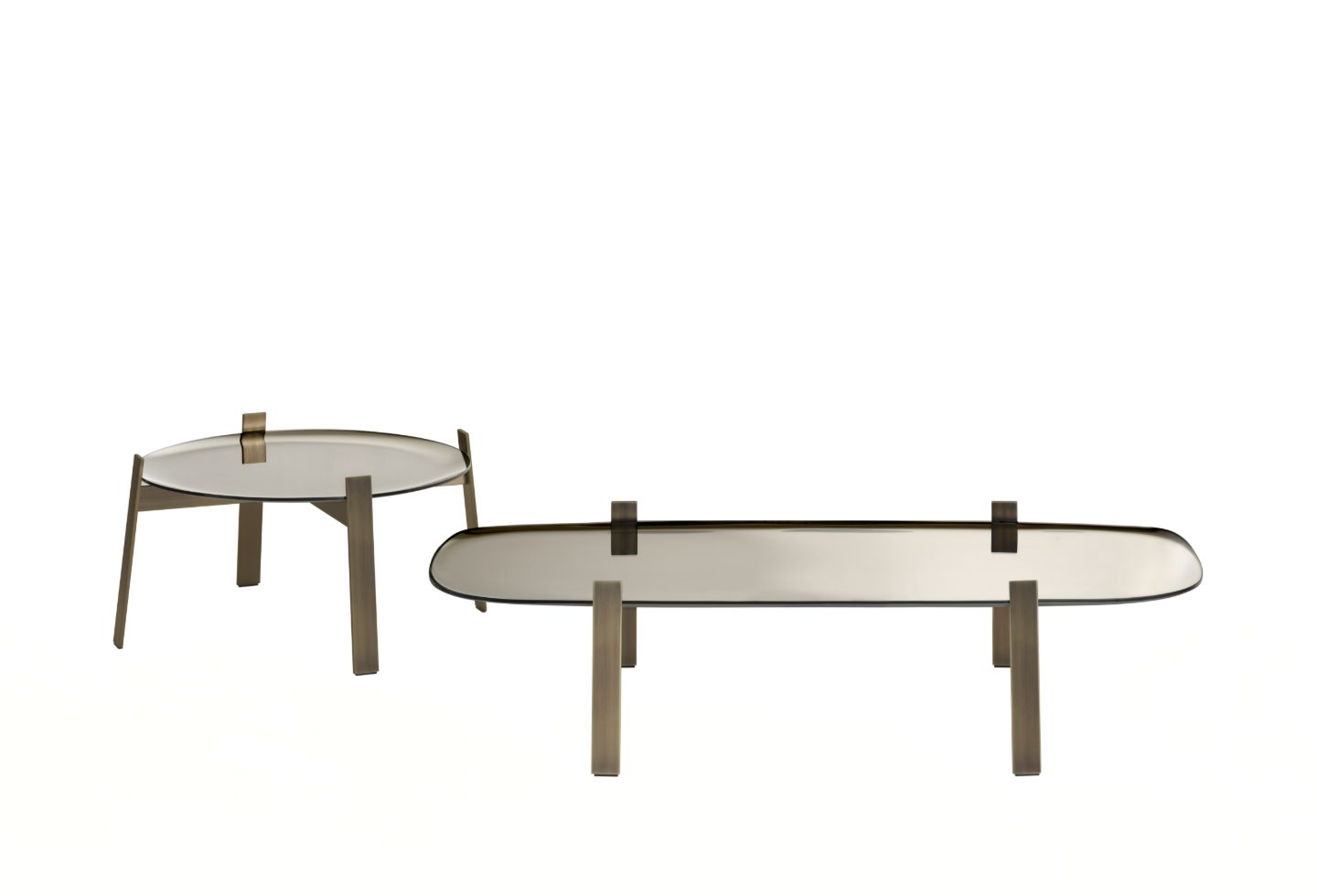
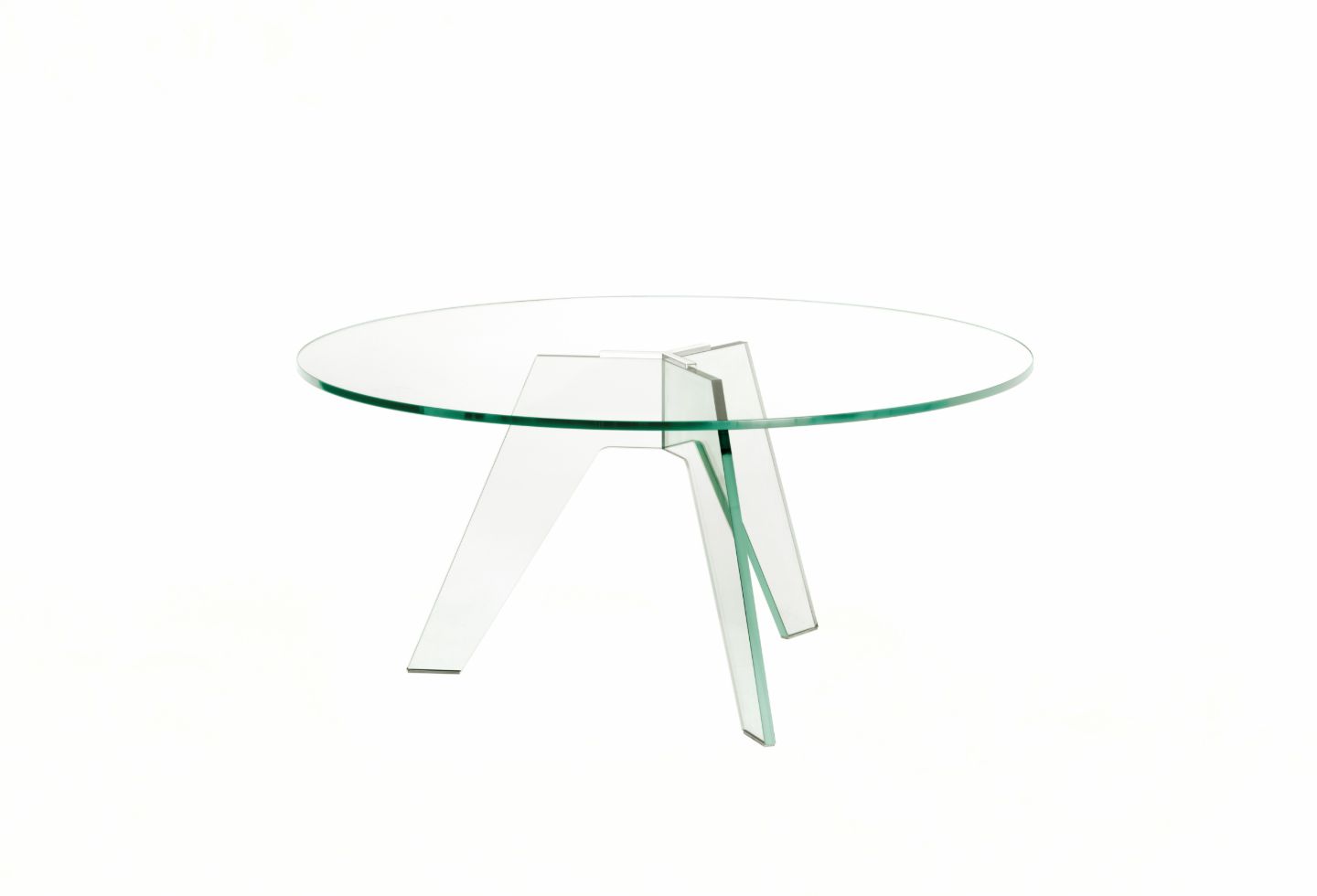
I’d love to get your thoughts about Milan Design Week and Milan as a city in general?
Italy is still the centre of occidental culture, which is good to remember. Milano is still the centre of design; it’s good to remember it. That’s why I love this place. [As for] the Fair and all that, I don’t know because I know nothing about design and I’m not very interested by design. I make my job the best I can and that’s all.

